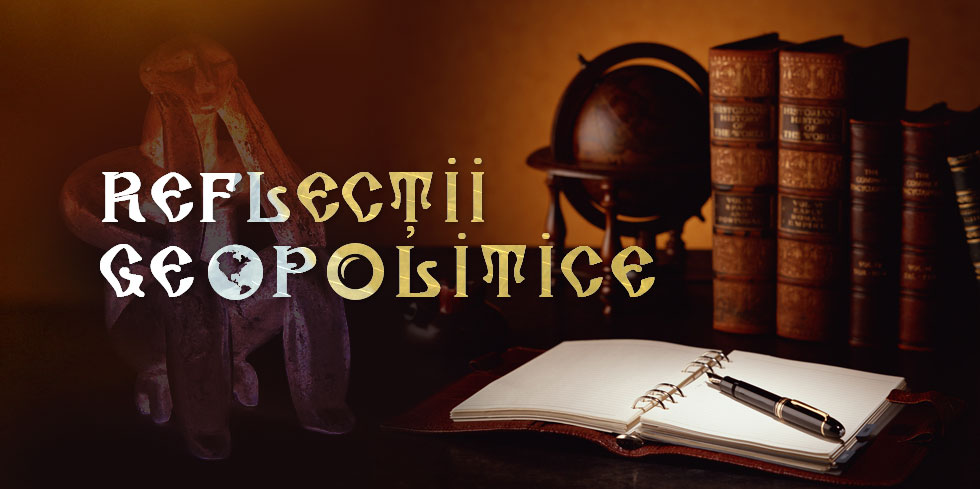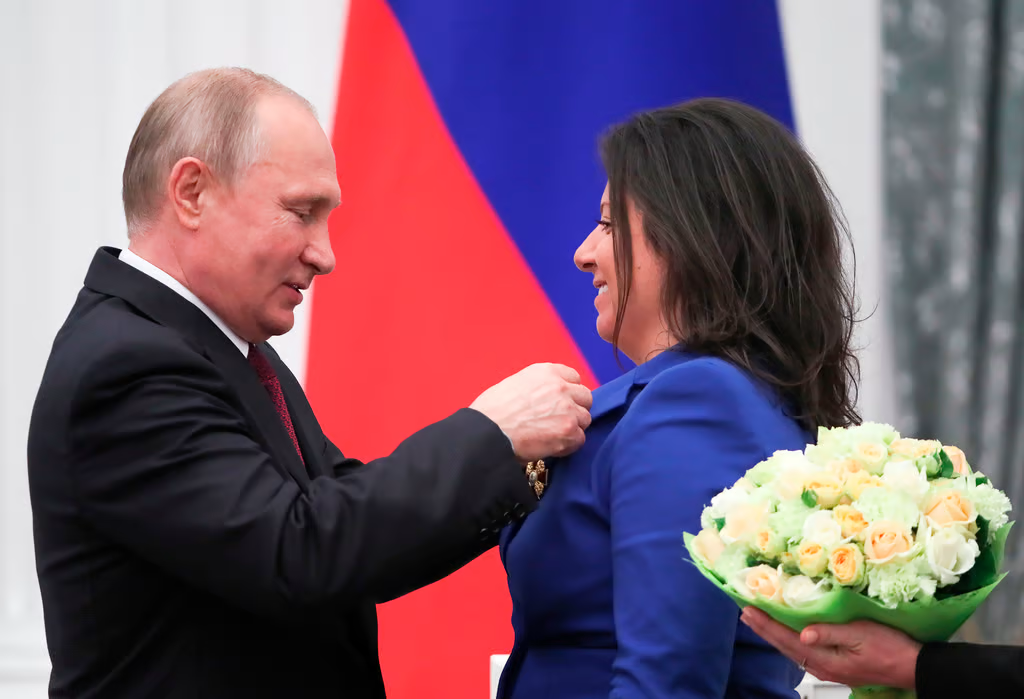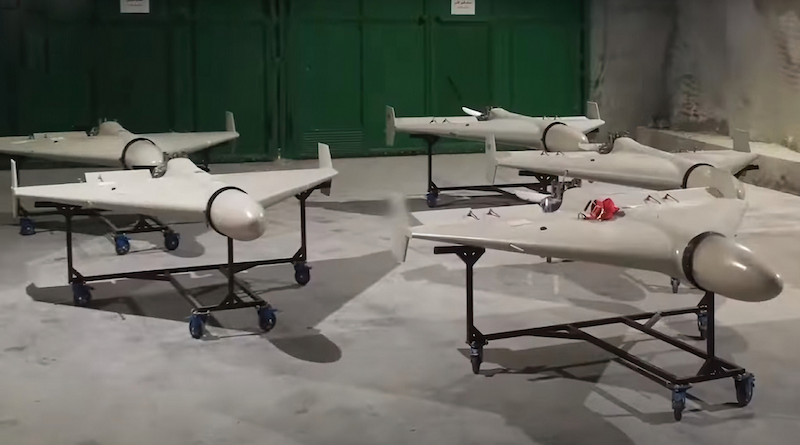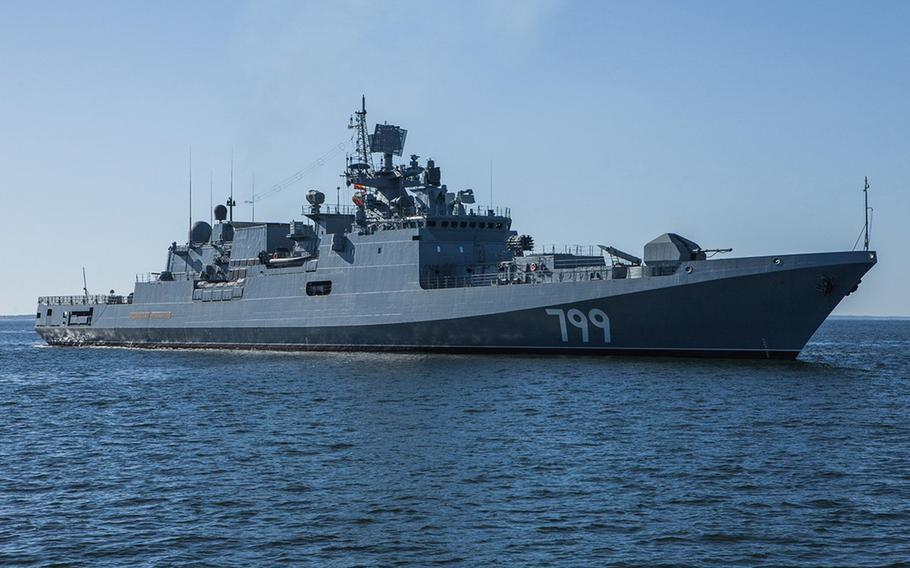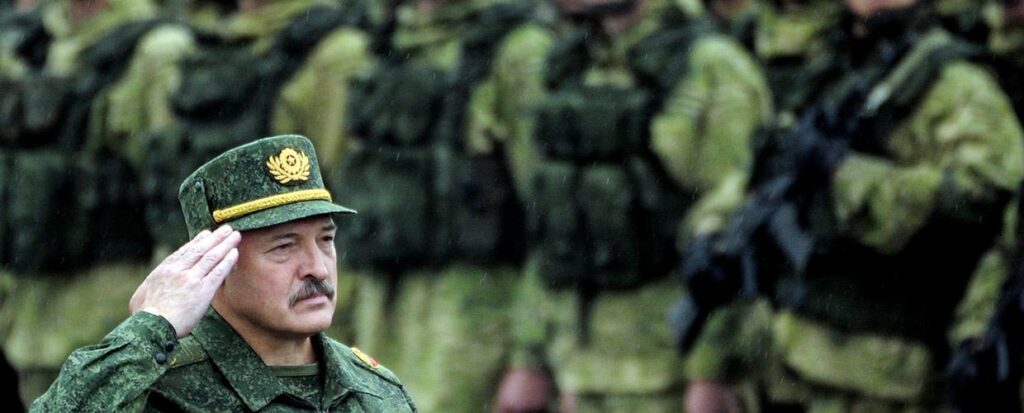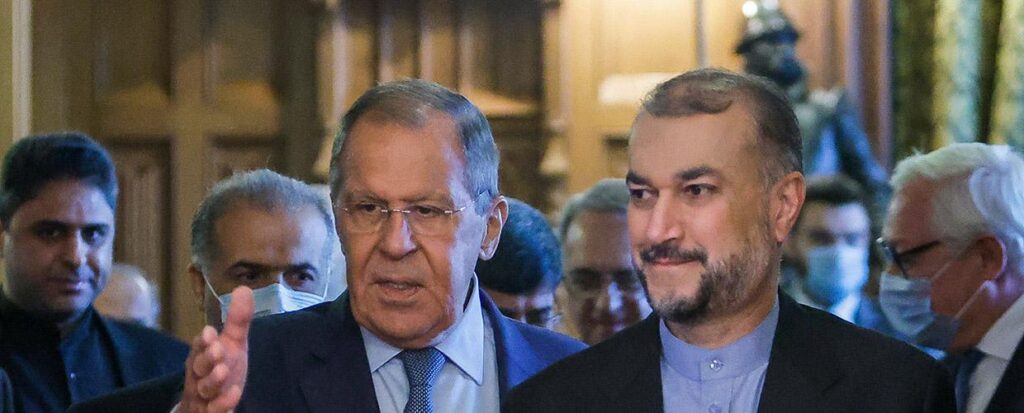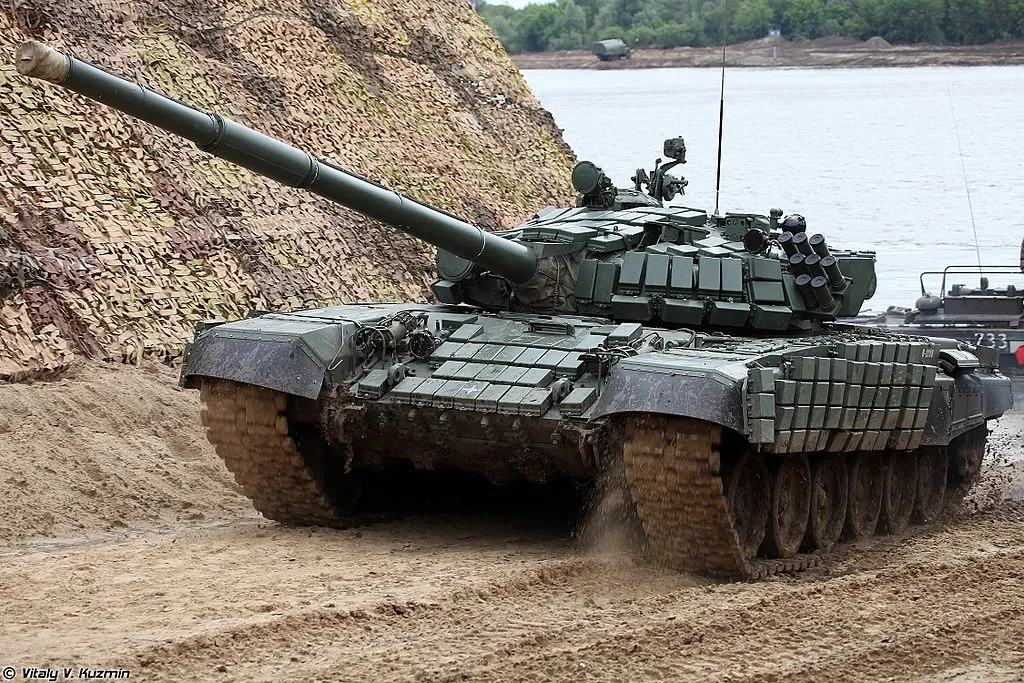Can Ukraine Survive the Winter?
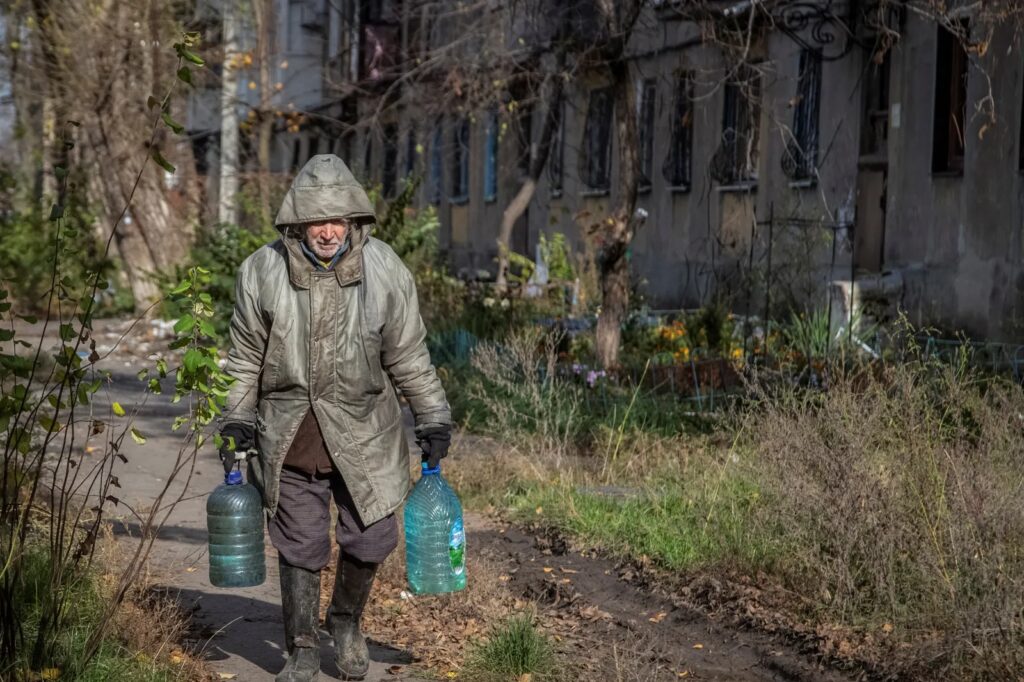
What the Country Needs to Hold Out
Since mid-October, Russia has repeatedly targeted civilian infrastructure across Ukraine, taking out the vital organs of the Ukrainian economy. The man newly in charge of Russian forces in Ukraine—General Sergei Surovikin, so ruthless that even his colleagues call him “General Armageddon”—has shown no signs of relenting. Russia has successfully attacked 40 percent of Ukraine’s power grids with a combination of missiles and Iranian drones. It has bombed energy facilities, including hydroelectric dams, leaving more than one million Ukrainians without electricity. In Kyiv, 80 percent of residents are without water, according to the city’s mayor. Economists project that Kyiv’s economy will shrink by at least 35 percent in 2022, and the United Nations estimates that nine of ten Ukrainians could be impoverished by Christmas.
